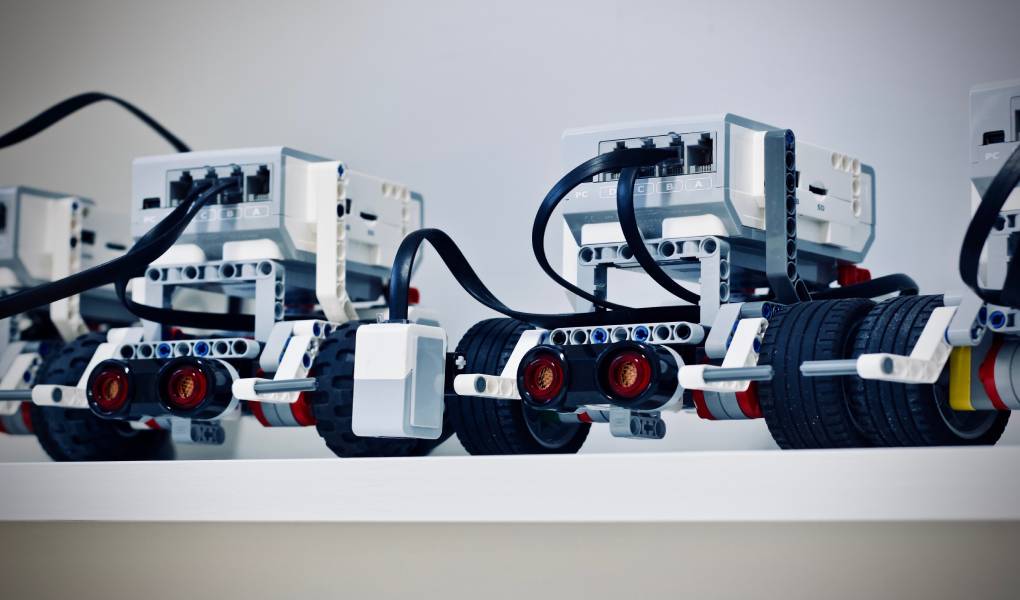Tools for RPA (Robotic Process Automation) are currently on everyone’s lips, and the market for RPA is growing rapidly. The concept behind the tools is simple and efficient at the same time: The robots interact with the front ends of business systems, websites, and databases and can carry out exactly the activities that employees do.
Keystrokes or mouse clicks can be made, values can be read out or entered from fields, menus can be called up, and the surface structures can be navigated. For example, the robots can transfer data from one specialist application to another, transfer invoice data from forms to leading accounting systems, or process web research results (e.g., price research) and save them in Excel files
Before productive use, process sequences must be created that define what the robots have to do. Some special designers allow manual definition or recorders that learn from user actions.
In contrast to classic tools for process support (e.g., Business Process Management and Enterprise Content Management), no interfaces to the leading systems are necessary, as the tools only interact with the front ends as described. Of course, this has great advantages since creating interfaces is complex, and IT is always required.
However, robots are also more susceptible to changes in the surface design, and explicit interfaces are more efficient when processing large amounts of data.
In summary, it should be said that RPA solutions can significantly support companies in the automation of standard activities and, as a very young system type, are an excellent addition or alternative to existing system types for process automation (BPM, ECM, etc.).
In this respect, every company should now deal with the topic and analyze whether RPA can also offer added value in the company’s processes.
